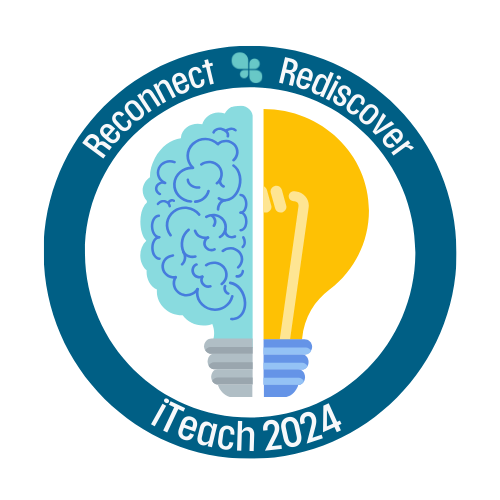
New Faculty Resource for Promoting Student Well-Being

As part of WashU’s commitment to student well-being, the Center for Teaching & Learning and Habif Health & Wellness have developed a new guidebook for instructors called Promoting Student Well-Being in Learning Environments.
The impetus for this project has been the growing sense that a campus-wide effort is required to effectively promote student well-being rather than seeing this issue as solely the responsibility of student health services (Okanagan Charter, 2015). While support services play a vital role in assisting students, instructors’ decisions about course design and policies can also have a major impact on student mental health, which is of rising concern at WashU and across the United States.
Nationally in 2019, 40% of students at colleges and universities reported having a significant mental health problem (Eisenberg et al., 2019). Here at Wash U, students have reported that stress, anxiety, depression, and sleep difficulties are among the top factors negatively impacting their academics (ACHA-NCHA III, 2020). For example, 38% of students said that stress significantly affected their performance (ACHA-NCHA III, 2020).
The guidebook offers a variety of evidence-based strategies and resources for instructors to choose from. There are ideas to use in course design, in developing your syllabus, in the first weeks of class, and throughout the semester.
“Many suggestions in this resource apply across disciplines and can be adapted for any level of student,” says Eric Fournier, PhD, Director of Educational Development in the Center for Teaching & Learning, “Most are modest interventions that take little effort to implement yet can have a large impact on the overall well-being of WashU students.”
The strategies and resources in the guidebook are centered around four keys to well-being:

Social Connection: Build a welcoming environment by creating opportunities for connection with you and their peers.
Compassion and Stress Reduction: Actively listen to your students, acknowledge their perspectives, and use course policies and teaching practices that help reduce stress.
Belonging and Growth Mindset: Show students that mistakes are part of the learning process and help them work through challenges in a way that encourages self-compassion and promotes a sense of belonging.
Gratitude and Purpose: Help students appreciate positive experiences and explore links between their coursework and their sense of purpose in life.
Using this guidebook, instructors can do their part to support students in achieving a positive sense of well-being at WashU. It may also help them think of ways to prioritize their own well-being. “As a community, we can all benefit from prioritizing well-being,” says Cheri LeBlanc, MD, the Executive Director of the Habif Health & Wellness Center. “I encourage faculty to take full advantage of this guidebook. It is an excellent tool you can use to sharpen your focus on students’ well-being and, in turn, improve their performance at WashU and throughout life.”
In addition to providing strategies for supporting student well-being in classes, the guidebook also offers suggestions for handling situations where a student may be experiencing psychological distress, including how to talk with students and refer them to mental health resources on campus.
The CTL will facilitate workshops throughout the semester to support instructors in learning more about strategies from the guidebook. Check the events page on the CTL website for upcoming events related to each of the four keys to well-being!



